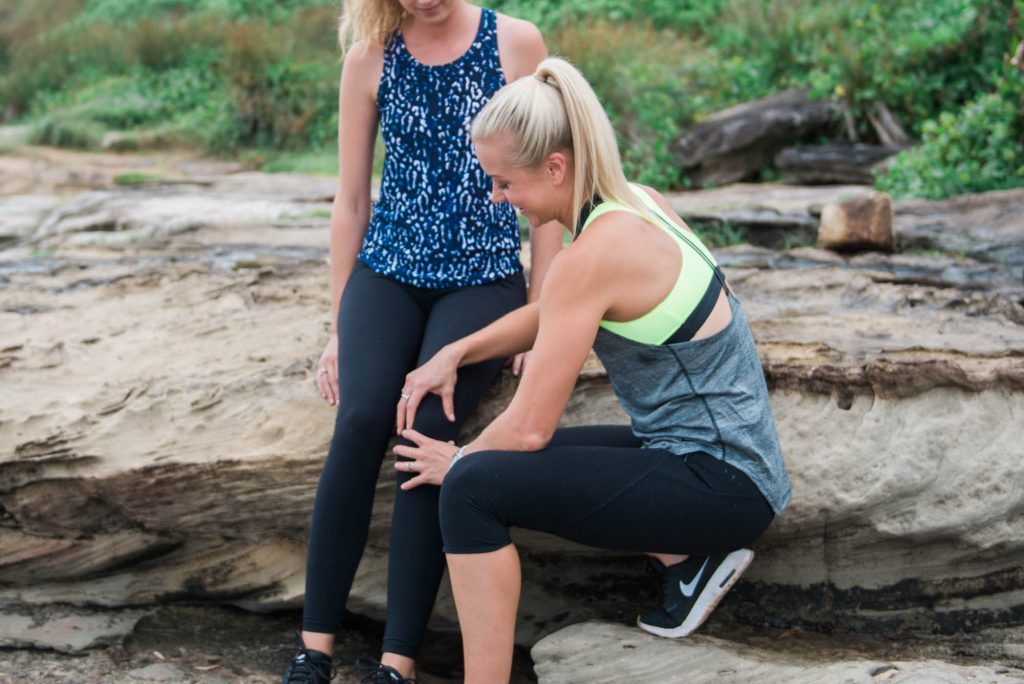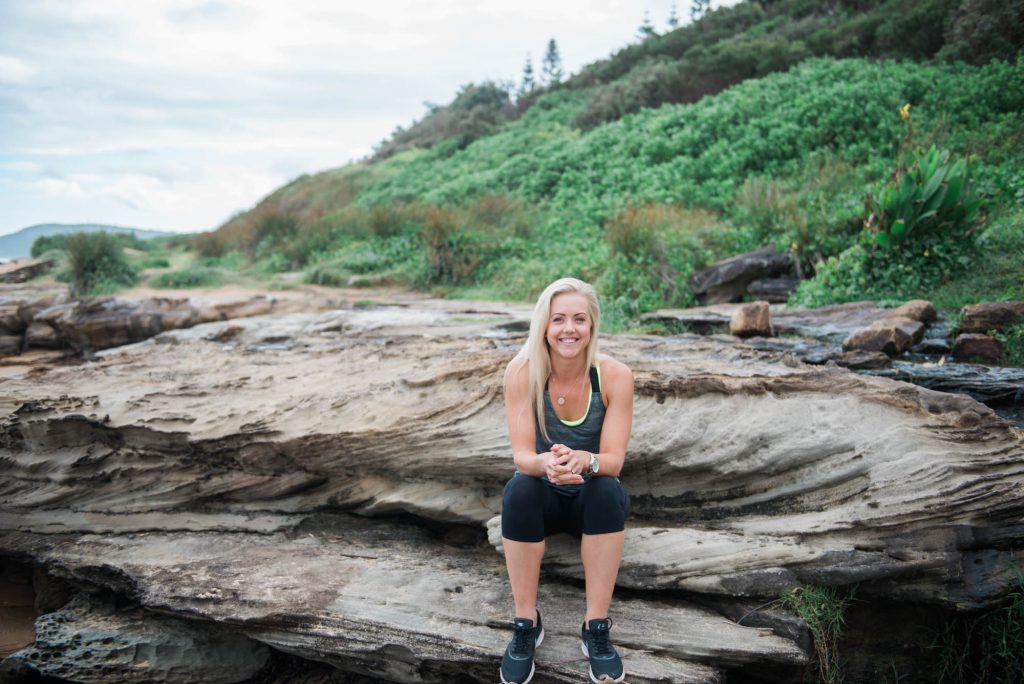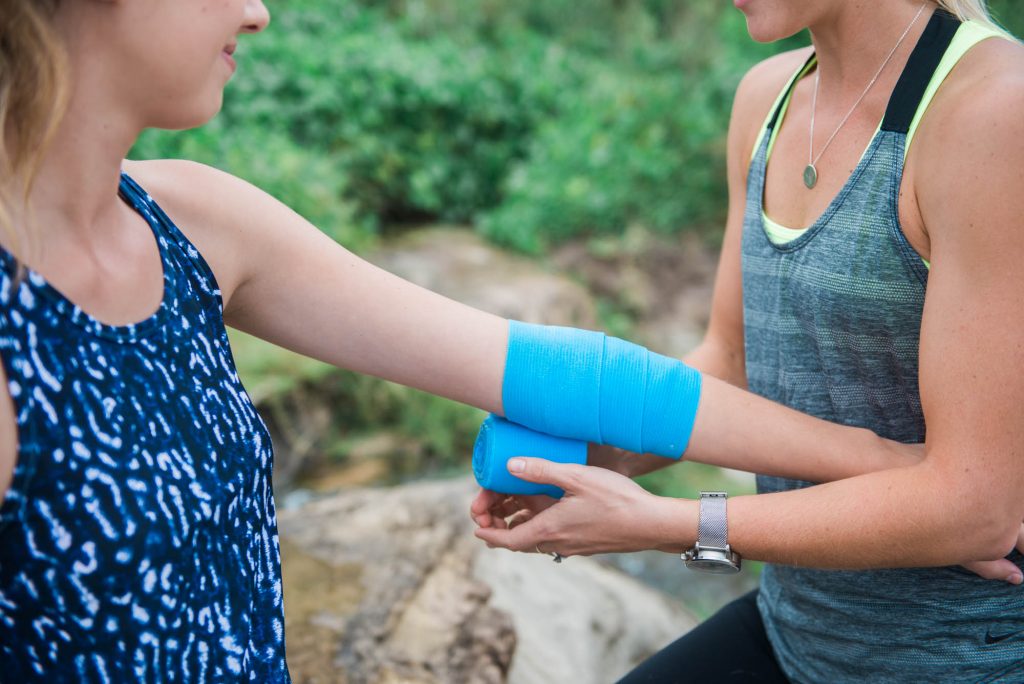Tips for Preventing & Treating Injury
As a physiotherapist, avid renovator and exercise enthusiast, there are plenty of things I’m passionate about. I love the idea of encouraging a healthy, organised home and lifestyle. However, I’m also realistic and understand that life can sometimes get in the way! I’m always on the hunt for inspiration to stay motivated and active – because let’s face it, motivation is sometimes (or often) lacking. There are so many reasons for this – and it’s different for everyone. Feeling tired, not having a clear routine, being time poor or being injured – are just a few. Injury is the primary reason people visit a physiotherapist, and a significant contributing factor to people ceasing exercise.
Whether you’re an athlete, gym devotee or just enjoy staying active, I’m sure there’s been some point in time you’ve been sidelined due to injury (and if you haven’t – well done!). The Medibank ‘Safe Sports Report 2006’ estimates that 5.2 million Australians suffer sports-related injuries each year. We’re all aware of the health, physical, mental and social benefits of exercise, so anything that prevents exercise – i.e. injury – is something that should be investigated! Common sporting injuries include bruising, muscle and tendon strains, ligament sprains, fractures & Dislocations – I’m sure some or all of these sound familiar!
Here are my top tips for preventing and treating injuries in general this coming season:
Warm-Up
The weight of evidence suggests that warming up prior to sport is effective in preventing injury. To keep it simple, a warm-up should basically involve muscles and movements that you’ll be using when playing your particular sport. Light jogging is often a good place to start. Warm-ups should start slow and gentle, and work up to more intense sport-specific movement. As a general guide, aim for 10-20minutes.

Wear Correct Footwear
Your feet are the shock absorbers of the body, especially during exercise. So it follows that poor fitting footwear can lead to the development of many lower limb injuries. Having your feet assessed to determine your foot type prior to purchasing shoes will ensure you choose the right shoe for the right job.
R.I.C.E
The R.I.C.E method (Rest, Ice, Compression and elevation) has been the first treatment of choice for acute musculoskeletal injury since 1967. The goal of this approach is to limit pain and swelling to the injured area.
Rest
Rest and protect the injured area to ensure further damage or increased blood flow to the area occurs. Depending on your injury, in addition to ceasing activity, this may also involve using crutches or a sling.
Ice & Compression
Traditionally ice has been applied in the form of a bag of frozen peas or an ill-conforming bag of ice cubes. As a physiotherapist, it’s great to see products that make it easier for patients to be compliant with treatment. The CoolXChange 2-in-1 gel bandage makes it convenient and efficient for people to apply the R.I.C.E method effectively – anywhere and anytime.
The CoolXChange Gel Bandage differs from traditional ice packs and blocks as it provides a more uniform, low level cooling. At the same time, the gel bandage provides elastic compression, further reducing blood flow and heat to the injured area. Traditionally, it has been difficult to provide cooling and compression together directly after injury. The added bonus – you don’t need to keep it in the freezer, and it comes in a re-sealable pouch for re-use. This is one to stock the home first aid kit, gym pack and weekend sports bag with. I’m also going to keep some on site for the tradies in case of injury, aches or pain.
Elevation
Ideally, you should aim to elevate the injured area above the level of your heart for as much time as possible within the first 48hours. This is dependent on the type of injury and as pain allows.
Most importantly, if you’re unsure as to how to manage an injury – see a professional. Everybody, and every injury for that matter is unique, and a tailored plan may be what you need. Correct treatment early on may prevent delayed healing or complications down the track – including recurrent injury!
Kara x

